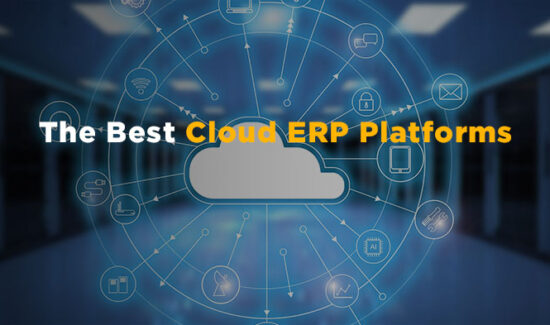The 4 Worst Signs of ERP System Failure


Many manufacturing businesses rely on ERP systems to keep their operations running smoothly and efficiently, but the integrated nature of ERP software makes it tricky to maintain. It’s not unusual for ERP systems to fail, in fact, some ERP implementations can unravel very quickly and cause total chaos. While implementing a new system is often one of the most difficult and challenging endeavors any organization will ever undertake, it’s just the first step in the ERP journey. That’s why it’s important for you to keep an eye on any ERP system failure warning signs.
Widget not in any sidebars
No Integration Capabilities
If you’re ERP system can’t integrate with your existing business applications or mission-critical business data, you may be in trouble. Locked up data within your ERP is difficult to access and can really hurt your business. Since you can’t rely on that data to be in real-time or up-to-date, it makes it hard for informed decision making and quality management. Lack of integration capabilities encourage silos of information that exist independently from each other. This only increases complexity and ensures data duplication and redundancy – which creates different versions of the truth that can compromise quality and accessibility of vital information.
Unbalanced Inventory Levels
Inventory management can be tricky. Too much inventory ties up capital and can lead to waste from over-age and obsolete inventory, but too little inventory can lead to stockouts and missed sales opportunities. Maintaining appropriate inventory levels depend on multiple factors, such as accurate demand forecasting, so understanding what’s causing your organization to struggle in that regard is a key step in determining whether a system upgrade can help. Consider asking yourself these questions before looking into an upgrade or new ERP system: Is the demand planning manager viewed as an important role in the sales and marketing organization and staffed accordingly? Is the demand plan reviewed and updated at least monthly? Are time and decision points established? Are they getting done?
Customer Deliveries are Unreliable
As the name Enterprise Resource Planning suggests, ERP systems are inherently good at planning resources across the entire enterprise to deliver goods to customers in a reliable and predictable manner. So if your ERP system is still struggling to achieve acceptable customer service levels, it’s a clear indicator that there could be underlying business process issues that need addressing.
Lack of System Agility
Enterprise technology is changing at rapid speeds, everyday, leaving industries in a bit of an awkward period of change that will only accelerate over the next few years. For any organization to be able to embrace these technological advances, you need to able to control change while limiting disruption. If your ERP system doesn’t integrate or utilize the latest technology, you’ll find the newest technology more disruptive than helpful. If you find that your business is struggling to remain competitive, you may need to invest in a new ERP system or upgrade your existing one.
Looking for more? Download our Enterprise Resource Planning Buyers Guide for free to compare the top-24 products available on the market with full page vendor profiles, key capabilities, an ERP software market overview, our bottom line analysis, and questions for prospective buyers.
And don’t forget to follow us on Twitter, Facebook and LinkedIn for all the latest in the ERP space!

























